Witchetty Grub – Australia
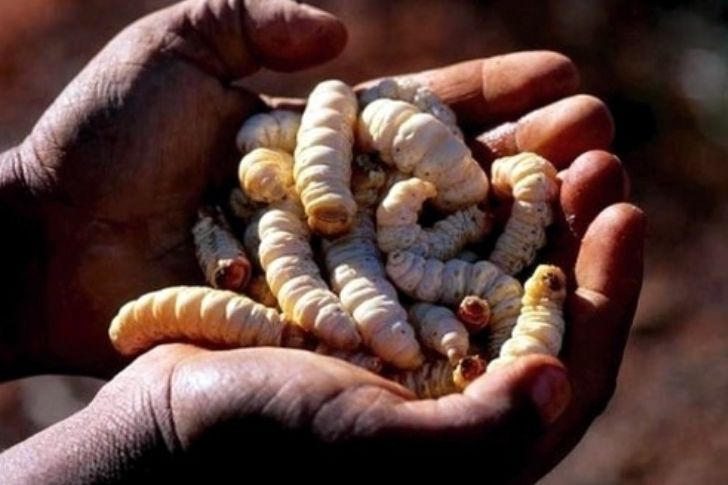
If the durian fruit had a worm counterpart, it would be a witchetty grub. Though it looks hideous, the witchetty grub is a tasty treat that one can try, raw or cooked!
This delicacy can trace its roots to Australia’s indigenous tribes, where things like online classes and the internet aren’t all that common. The witchetty grub slowly became one of Australia’s must-try delicacies. The word “witchetty” is used as a synonym for “fat,” and witchetty grubs are worms that grow to sizes comparable to one’s thumb. When eaten raw, witchetty grubs are said to taste like almonds. However, this protein-rich snack can also be cooked or barbecued and they are often reported to taste similar to chicken or peanut-sauced shrimp – it is of course, a meal worth trying.
Vegemite – Australia

Among Australia’s many delicacies, perhaps the Vegemite is the most famous, thanks to the fact that it became the subject of a few jokes on the internet.
With the age-old principle of leaving nothing to waste, the company, Kraft Foods Limited, made investments in utilizing the leftover yeast extracts found after beer production and sold it as vegemite, the product that many people either love or hate today. Most of the time, Vegemite is lightly spread on toast, but it can also be an essential ingredient for meat and potato pies. Although Vegemite is considered an acquired taste, one cannot deny the health benefits it offers for consumers. After all, it does contain high quantities of vitamin B, iron, protein, and carbohydrates — and this is reason enough to include it in your diet.
Locusts – Africa, Middle East, Asia
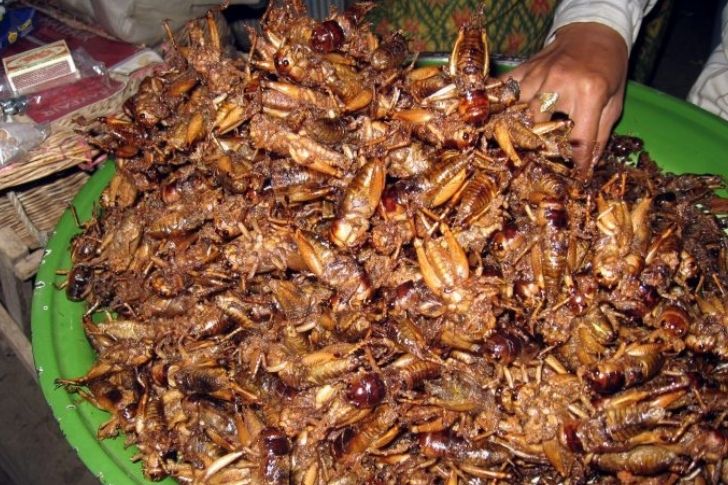
Other insects were already mentioned in this article, but it is still quite impressive to know that locusts — those creepy-crawlies — contain a good amount of the nutrition that the body needs.
Locusts often fly around in relatively small groups, though some also fly in swarms when their surroundings exceed 50-degree-Celsius temperatures. And since exterminating them is considered a taxing job for some, people eventually came up with an alternative: eat them. Locusts have become quite a delicacy in many countries and they can be prepared in various ways, including by frying and drying. Some countries have been serving them for more than a few decades. Furthermore, though these critters are often known for their destructive effect on the environment, eating these protein-rich locusts can give several health benefits to the body – they also help reduce the risk of heart disease.
Pig’s Tail – South America, Puerto Rico
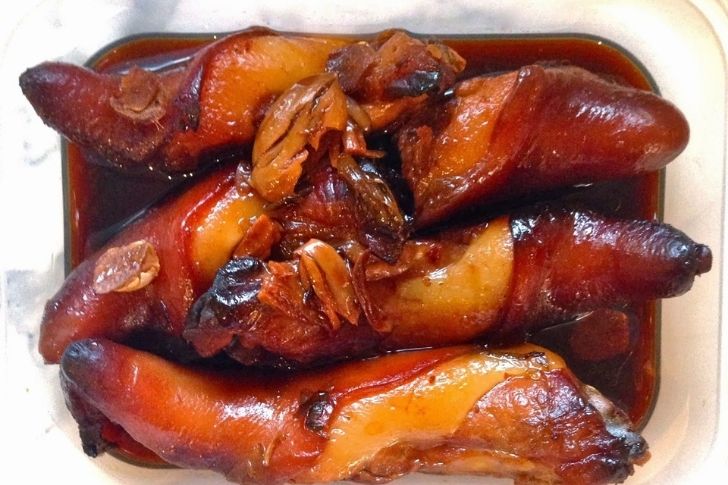
It was — and, to some degree, still is — a common practice among indigenous people to consume an animal whole and not leave anything to waste. So, with that in mind, it comes as no surprise that even the tail of a pig can become quite a delicacy – hats off to the person who started this recipe!
Indeed, there exist many pig’s tail recipes In the areas of South America and Puerto Rico. In Puerto Rico, pig’s tail is served raw, put into sandwiches, and paired with cheese and mustard. Meanwhile, in other places, a pig’s tail is also used to flavor stew and soups. They can be fried or roasted in barbecue sauce. In fact, there are so many ways to cook pig’s tail that a whole book can be written on the subject.
Huitlacoche – Mexico
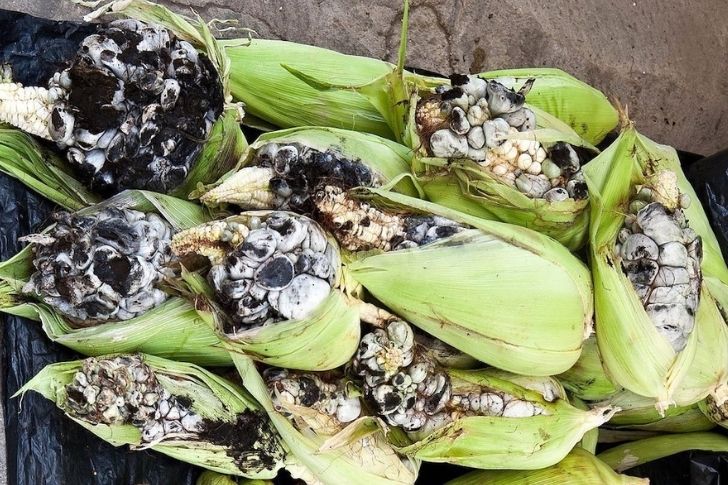
Sometimes, with a little change in perspective, bad things can also turn into good things. With that said, let’s talk about Mexico’s huitlacoche.
Back in the days when homes weren’t supplied with electricity, the Aztecs discovered the huitlacoche, which is now one of Mexico’s many age-old delicacies. The huitlacoche is a fungus that grows on corns, causing their kernels to swell and become mushroom-like in appearance. Although fungi swarming one’s crops is often considered bad news, the huitlacoche is welcomed with open arms in Mexican farms and sold in markets by street vendors. Furthermore, this delicacy provides the health benefits one can typically get from corn and mushrooms, which is all thanks to its high-quantities of protein and lysine, an amino acid often non-existent in corn – it’s like hitting two birds with one stone.
Salo – Ukraine
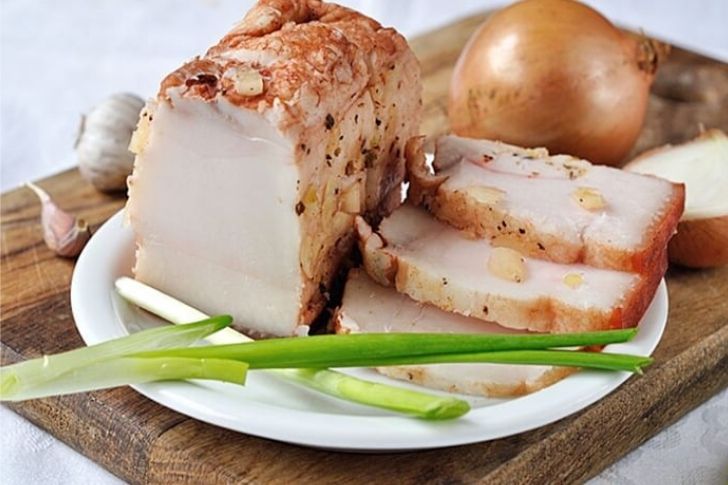
Although a fair amount of food mentioned here has its share of health benefits, let’s talk about something more on the luxury side of things.
Salo is Ukraine’s national food and is also somewhat of a craze for its people, so much so that some have allocated a portion of their investment money for hosting festivals in honor of this delicacy: the Salo Festival, which happens every February and the With Love To Salo festival, which happens every September. Although it may look like cheese at first glance, the slabs that create salo is made entirely of white pork fat – so people keeping an eye on their calories better be wary of this. Although a few chefs in Ukraine have made desserts out of this, salo is often recommended to be eaten with garlic, onions, and be accompanied with vodka.
Jellyfish – Southeast Asia
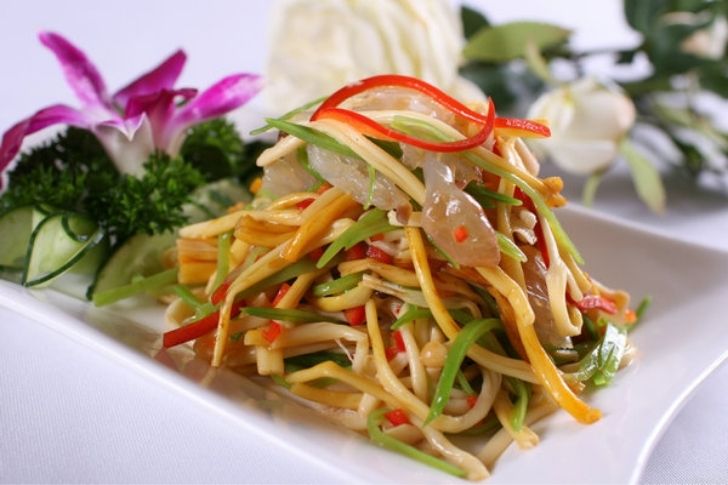
People avoid getting into contact with jellyfish out of fear of being stung by its toxic tentacles. However, some restaurants around Southeast Asia prefer to look for these jellyfish and include them in their menu for curious customers to try.
Many restaurants around Southeast Asia have been serving jellyfish for quite some time now – and each has its own version of the dish. Among these versions are Japan’s jellyfish sushi, jellyfish ice cream, and Thailand’s noodles made from jellyfish. Although jellyfish-flavored ice cream is surely an intriguing taste to be experienced, it’s safe to say that safely partaking in any jellyfish-related meal is, without a doubt, worth the credit card expense. You only live once, after all, so you might as well try eating jellyfish.
Muktuk – Greenland
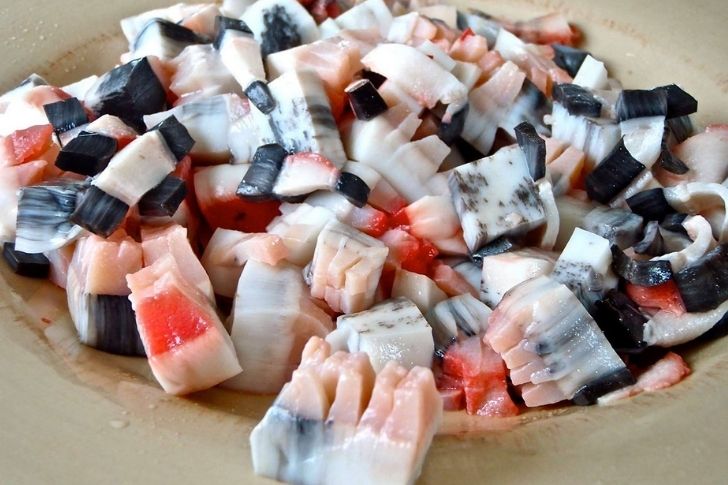
It is often the unusual things that have a deep history to them. For the Inuits, the muktuk is a delicacy that has deep roots in their culture and religious beliefs.
The Inuits are a group of skilled hunters who worship Sedna, the goddess of the sea. Throughout the earlier years of their history, the Inuits would often hunt sea creatures, like whales, and use every part of it to make their tools or food – this was their way of appeasing the sea goddess. Through this, the Inuit delicacy, muktuk, was created. Muktuk is often served raw in cubed-slices and is composed of the skin and blubber of a whale. This yummy delicacy is also rich in nutrients like Vitamin C, which provide them the gas they need to fuel their bodies for the next hunt.
Oyster – Worldwide
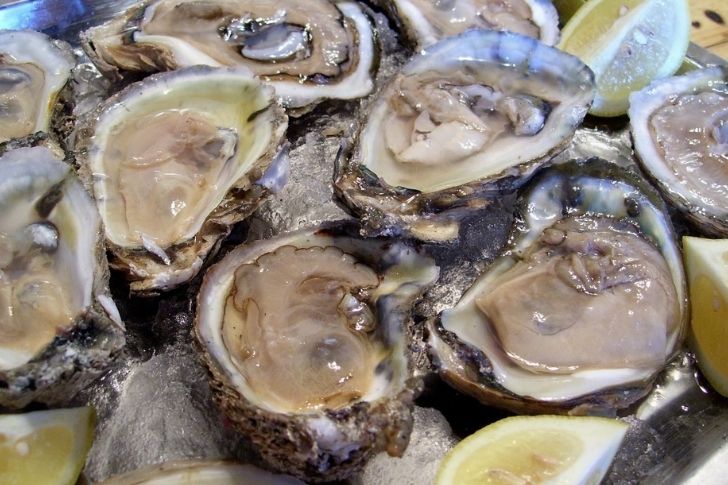
Although this is served in many restaurants worldwide, the oyster is a relatively strange cuisine that many still prefer to avoid at all costs.
Besides the many investments made in the oyster trade for the pearls, oysters are quite the delicacy, too, and they can be had in almost any country you can think of. Even so, oysters still need to be prepared with the utmost care to ensure the safety of those who will partake in this yummy meal. Besides serving them raw, oysters can also be steamed, baked, fried, and stewed, to name just a few ways of preparing it. Well, one thing’s for sure, whatever method it may be, having an oyster meal is something very enjoyable.
Each country has a culture and history worth telling. And, sometimes, these stories are still reflected in the many traditions that are followed today, including the many delicacies they make and share. Well, whatever story it may be, every culture is, without a doubt, interesting and surely worth discovering. After all, the world is your oyster.

